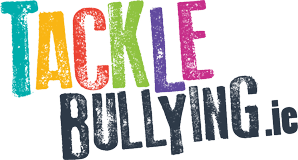In incidents of bullying, the child or young person experiencing the bullying behaviour findsit hard to defend themselves as a result of the abuse of a real or perceived imbalance ofpower. This imbalance of power may manifest itself through differences in size, strength,age, ability, peer group power, economic status, social status, religion, race, ethnic originincluding membership of the Traveller and/or Roma communities, sexual orientation, familycircumstances, gender, gender identity, gender expression, experience of the care system,disability or the receipt of special education. In incidents of online (or cyber) bullying, theimbalance of power may relate to online anonymity, technical proficiency and possession ofinformation/images/video, and the inability of the targeted person to remove offensiveonline material or escape the bullying.
